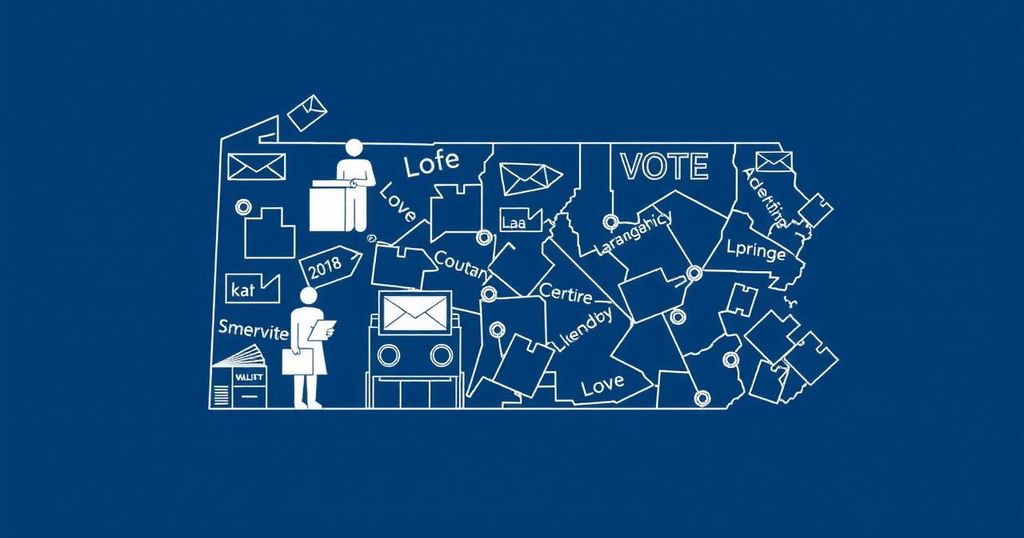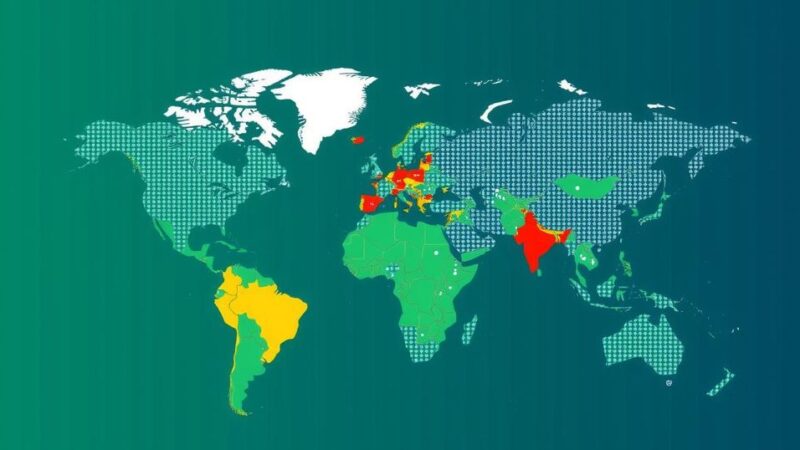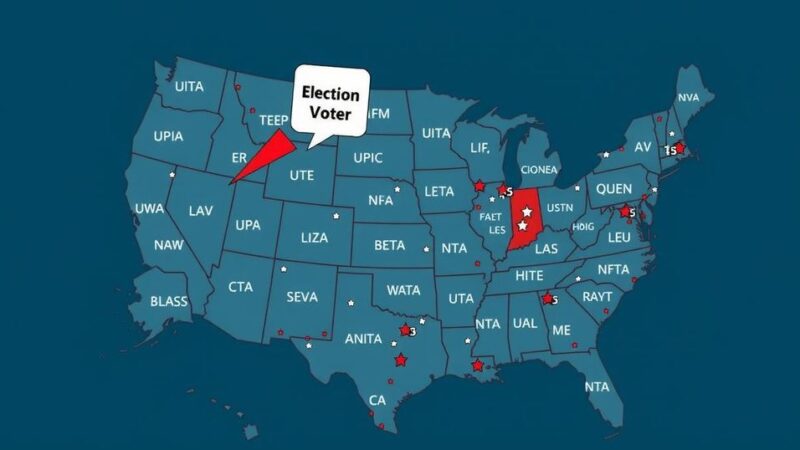The article discusses the challenges faced by Pennsylvania election officials due to restrictive pre-canvas rules that prevent early processing of mail-in ballots. As officials advocate for precanvassing reforms to improve efficiency and reduce misinformation risks, partisan tensions, particularly surrounding voter ID requirements, continue to delay progress. The upcoming election on November 5 highlights the urgency of these reforms.
The implementation of no-excuse mail voting in Pennsylvania during the 2020 presidential election marked a significant development for the state, occurring against the backdrop of the COVID-19 pandemic, which precipitated an unprecedented surge in mail-in voting. Amidst this scenario, concerns arose regarding Pennsylvania’s restrictive pre-canvas rules for mail ballots, which prohibit election officials from processing these ballots until 7 a.m. on Election Day. This limitation necessitated that election workers manage the ballot processing concurrently with in-person voting, thus complicating operations and leading to delays in result reporting. Secretary of State Al Schmidt articulated this concern, emphasizing the potential for misinformation to exploit the period of uncertainty that arises from delayed counts, a sentiment reiterating the need for timely ballot processing reforms. To address these challenges, election officials across Pennsylvania have advocated for the authorization of precanvassing—processing mail ballots before Election Day. Precanvassing involves tasks such as verifying signatures, opening envelopes, and preparing ballots for counting, all critical in ensuring smoother operations on Election Day. Despite improved experience and resources since the last election, the Pennsylvania legislature has yet to reach a consensus on a precanvassing bill amidst ongoing partisan disagreements, particularly surrounding the issue of voter ID requirements, complicating efforts to streamline such processes. While Democrats are pushing for legislative changes to enable earlier ballot processing without voter ID stipulations, Republican leaders have expressed steadfast opposition unless reforms include such requirements. Consequently, it remains uncertain whether meaningful reforms will be achieved ahead of the upcoming election on November 5.
In 2019, Pennsylvania enacted no-excuse mail voting, allowing all voters to cast their ballots by mail without needing a specific excuse. The 2020 presidential election served as a critical test of this system, with mail-in voting reaching new heights due to the COVID-19 pandemic. This situation highlighted the challenges posed by the state’s pre-canvas rules, which only permit the processing of mail ballots on Election Day itself, resulting in logistical difficulties for election workers during peak voting times. As the state approaches another election, the call for reforms aimed at precanvassing grows louder among election officials weary of managing dual voting processes on Election Day, against a backdrop of heightened scrutiny and misinformation regarding election integrity.
In summary, the push for precanvassing reform in Pennsylvania is fueled by the recognition of operational inefficiencies and the need for a more streamlined voting process. As election officials contend with the constraints of current legislation, the intersection of voter ID discussions has impeded progress towards necessary reforms. The ability to process mail-in ballots prior to Election Day could significantly enhance the efficiency of the electoral process, mitigate the risk of misinformation, and bolster public confidence in the democratic process as the state gears up for its upcoming election.
Original Source: www.spotlightpa.org






